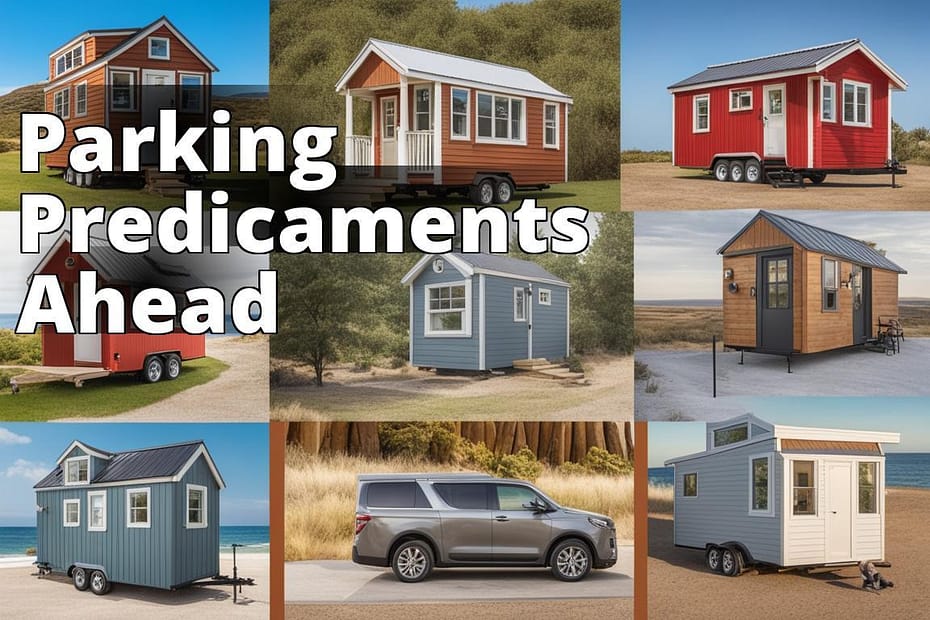Last Updated on 19 February 2024 by smallspacehub.com
The tiny house movement is often romanticized as the perfect solution to the woes of modern living, promising simplicity, minimalism, and freedom from the shackles of a mortgage.
However, those who have ventured into the tiny living know that this lifestyle comes with its unique set of challenges.
Let’s dive into the realities of tiny house living, exploring common problems and offering solutions that draw from personal experiences and expert insights, providing a comprehensive guide for navigating the tiny house terrain.
Learn About Tiny House Problems
- How to solve the problem of finding a place to park a tiny house?
- What are the challenges related to zoning and building codes for tiny houses?
- How can financing, insurance, and finding a place to build be addressed when dealing with tiny house problems?
1. Finding a Place to Park
One of the most daunting challenges faced by tiny house owners is finding a legal and safe place to park their homes. This issue stems from the fact that many zoning regulations have not caught up with the tiny house movement, leaving a gray area for those looking to set down roots.
From personal experience, navigating this obstacle requires a mix of creativity and diligence. Networking within the tiny house community can unveil undisclosed locations and private landowners open to tiny houses. Moreover, several cities are beginning to acknowledge the movement by establishing tiny house-friendly zones. The key is to remain persistent and flexible, continuously seeking out new information and opportunities.
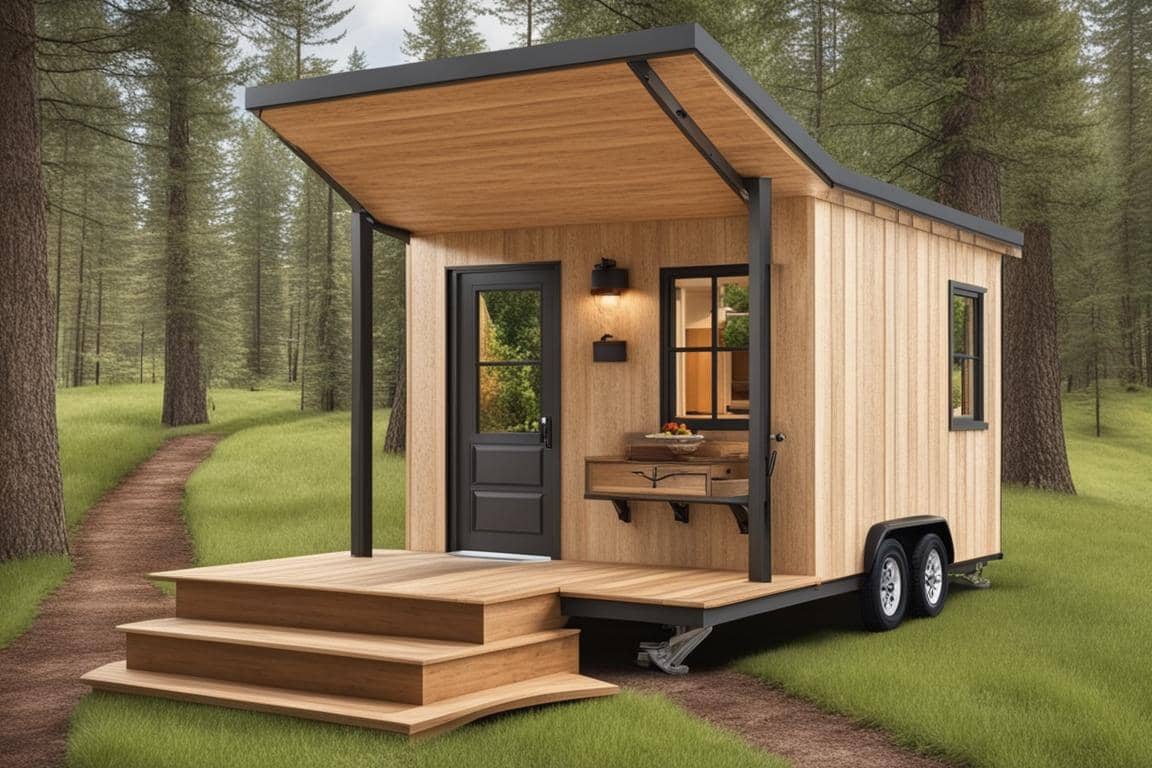
Insider Tip: Engage with local tiny house groups on social media platforms. These communities often share valuable insights about friendly parking spots and upcoming legislative changes.
2. Zoning and Building Codes
Closely related to the parking dilemma is the challenge of navigating zoning and building codes. Many areas classify tiny houses as temporary structures or RVs, which can severely limit where they can be legally lived in.
The solution lies in thorough research and possible advocacy. Before embarking on your tiny house journey, familiarize yourself with the local zoning laws and building codes of your desired area.
In some cases, you may need to work with local officials to find a legal pathway for your tiny home. This process can be arduous, but it’s essential for living in your tiny house without the constant fear of eviction.
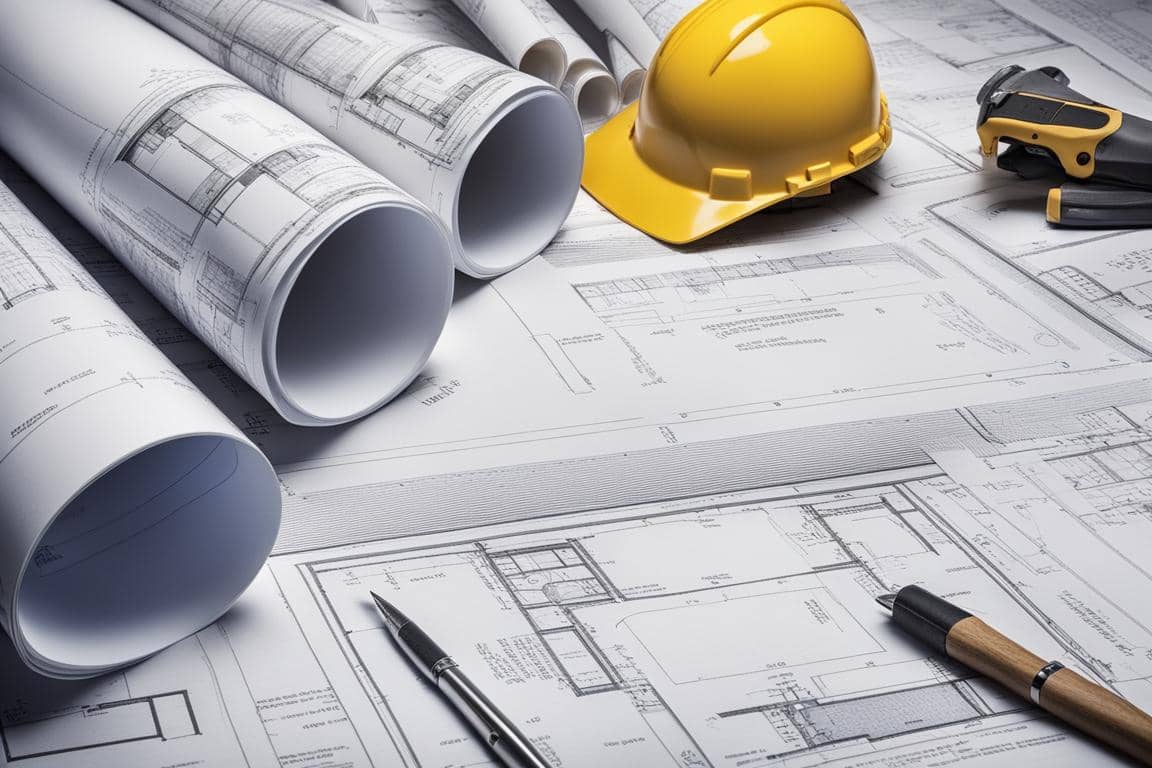
For further reading, this guide offers comprehensive insights into navigating zoning laws for tiny homes.
Real-Life Example: Overcoming Zoning and Building Code Challenges
John and Sarah had always dreamt of building a tiny house in their backyard for extra space. However, they quickly realized they needed to navigate through zoning and building code challenges before making their dream a reality.
After doing some research, they discovered that their city had strict regulations on accessory dwelling units, including size restrictions and setback requirements.
John and Sarah decided to schedule a meeting with a zoning official to discuss their plans. During the meeting, they presented detailed drawings of their tiny house, showing how it would comply with all the necessary regulations.
The zoning official was impressed by their preparation and willingness to work within the guidelines.
By proactively addressing the zoning and building code challenges, (#ad), John and Sarah were able to obtain the necessary permits to start construction on their tiny house.
Their experience taught them the importance of thorough research and open communication with local authorities when facing zoning and building code obstacles.
3. Financing
Financing a tiny house can be tricky due to its unconventional nature. Traditional mortgage options are often unavailable, and personal loans may come with higher interest rates.
One effective strategy is to explore alternative financing options such as crowdfunding, RV loans (for tiny houses on wheels), or seeking out lenders specializing in tiny houses.
Saving up for a larger down payment can also make loan terms more favorable. The journey to owning a tiny house might take longer than expected, but achieving a debt-free lifestyle is well worth the patience and discipline.
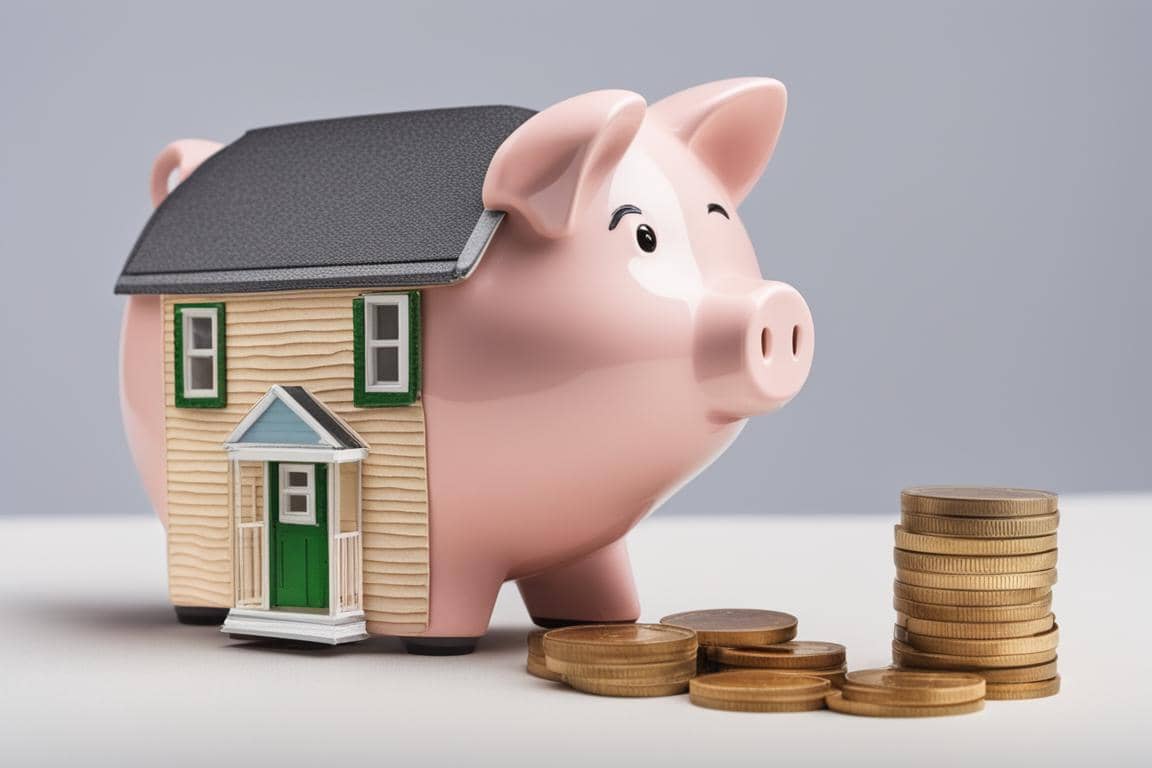
4. Insurance
Securing insurance for a tiny house can feel like navigating a minefield. The unique nature of tiny homes, especially those on wheels, does not fit neatly into traditional home or RV insurance categories.
To overcome this, its crucial to shop around and speak directly with insurance agents who are knowledgeable about tiny homes.
Some companies have begun offering specific policies for tiny houses, recognizing their growing popularity.
Additionally, joining a tiny house association can provide access to group insurance plans and valuable advice from fellow tiny house owners.
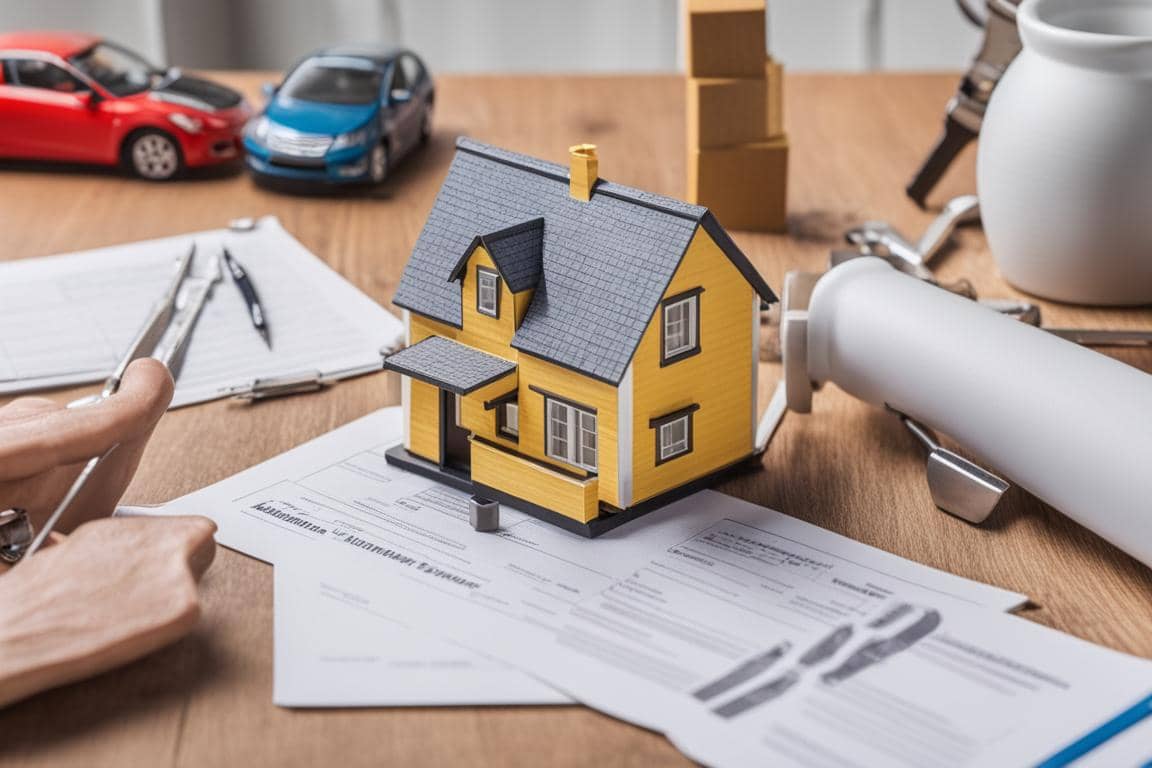
Insider Tip: Document all aspects of your tiny house build, including materials used and professional consultations. This documentation can be invaluable when negotiating with insurance companies.
5. Finding a Place to Build
Lastly, finding a suitable location to build a tiny house can be as challenging as finding a place to park it.
Zoning laws, again, play a significant role in determining where you can legally construct your tiny home.
One approach is to build your tiny house on a friend or family members property, assuming local laws permit.
Alternatively, purchasing land with relaxed zoning laws can provide the freedom to build according to your vision.
It’s also worth considering tiny house communities or co-housing options, which offer shared land and resources, fostering a sense of community among like-minded individuals.
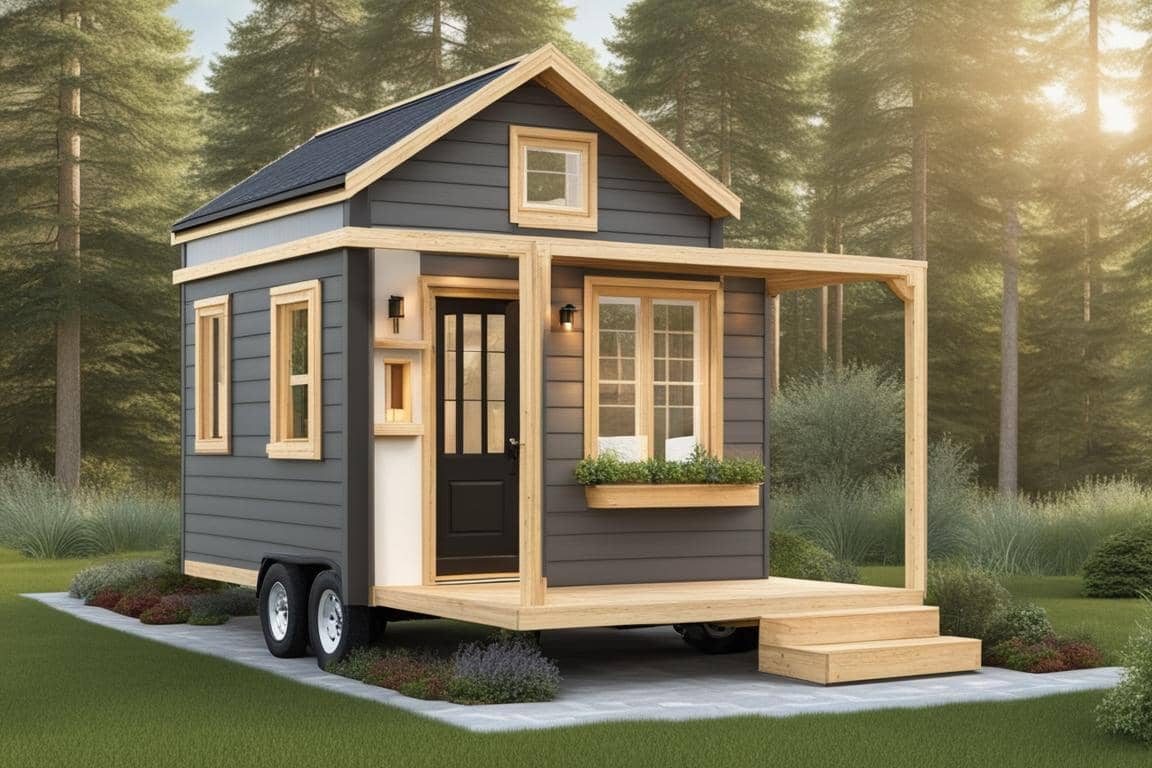
For those starting their search, exploring listings on tiny homes for sale can provide both inspiration and practical options.
Living in a tiny house is undoubtedly liberating, but it presents a complex puzzle of legal, financial, and logistical challenges.
By facing these problems head-on with informed strategies and a proactive attitude, tiny house enthusiasts can carve out their niche in the world, proving that the best things truly do come in small packages.
In conclusion, while tiny house living is not without its hurdles, the journey towards simplifying one’s life and embracing minimalism can be deeply rewarding.
By addressing these common tiny house problems with creativity, perseverance, and a dash of advocacy, it’s possible to create a sustainable and fulfilling tiny living experience.
Whether you’re in the dreaming phase, the planning phase, or already living the tiny life, remember that every problem has a solutionit just requires a bit of ingenuity and determination to find it.
Answers To Common Questions
Who is prone to encountering tiny house problems?
Tiny house owners who may face space constraints or maintenance issues.
What are common challenges in tiny house living?
Limited storage space, plumbing issues, and zoning regulations.
How can one address plumbing problems in a tiny house?
Installing efficient plumbing systems and regular maintenance can help.
What if I feel overwhelmed by the lack of space in a tiny house?
Get creative with storage solutions like multi-functional furniture.
How can I navigate zoning regulations for tiny houses?
Research local laws, consider permits, and consult with professionals.
What if I’m concerned about resale value with a tiny house?
Focus on quality construction and timeless design for better resale value.
Good luck with your tiny house problems!
